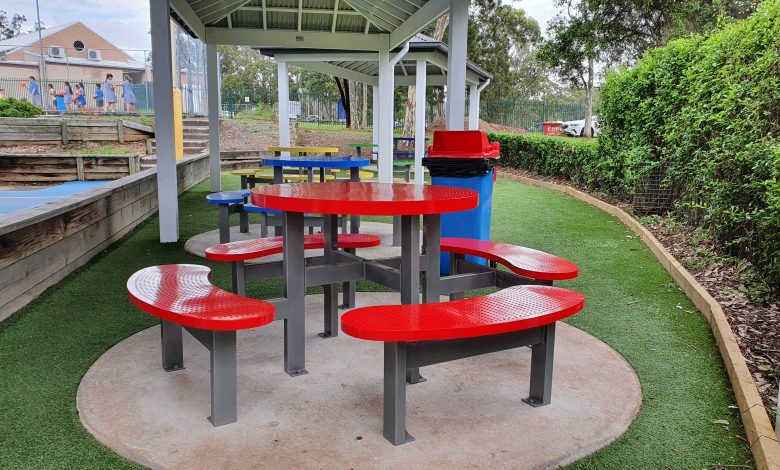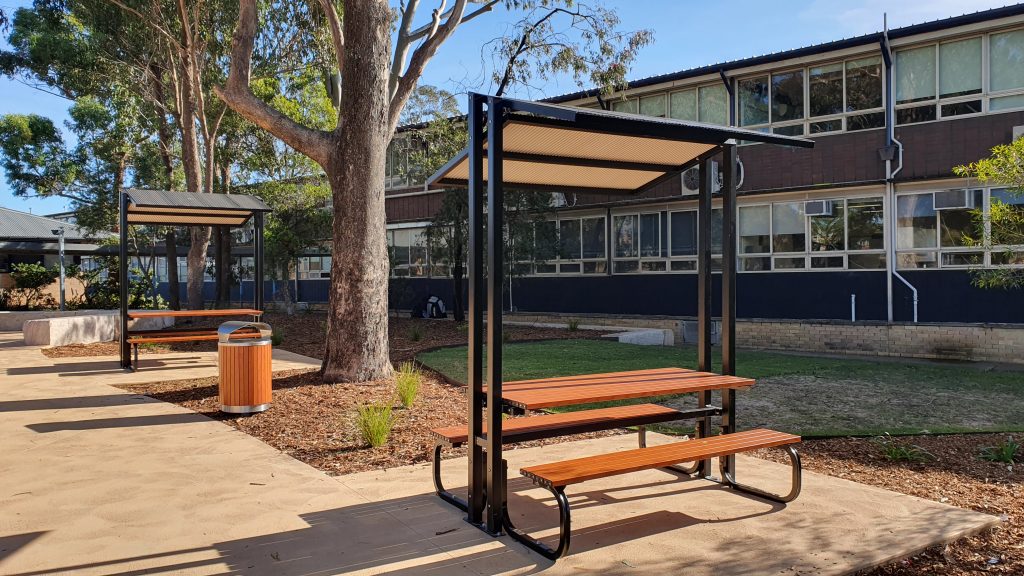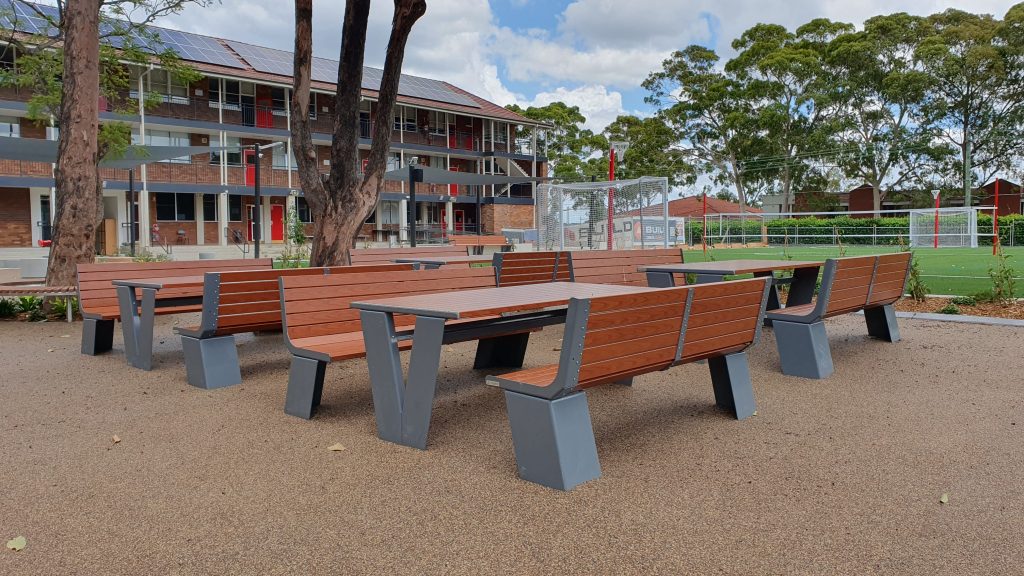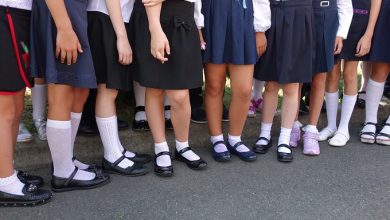
Moving lessons outdoors can bring a breath of fresh air to the learning experience for primary and secondary school students as well as their teachers.
Findings from a 2018 study show that learning outdoors is not just an opportunity to break up the school day, it also helps students focus once they return to the classroom.
Read the latest print edition of School News HERE
In the study, grade three students from two classes were assigned to conduct about half of their biology lessons outside (on a nearby patch of grass) and half inside the classroom during an academic year. Results showed that when the students received outdoor biology lessons, they were significantly more engaged in their next instructional period on all measures, than if they’d received biology lessons indoors. This held true for different teachers, different times of day, and different times of year.
According to lead researcher Ming Kuo of the University of Illinois at Urbana-Champaign, this research was important as it had real world implications. “Kids can actually pay better attention in class after an outdoor lesson,” she said. “This is nice for teachers, because you don’t have to stop teaching and you still get that bump in attention.”
Designing and upgrading outdoor spaces to accommodate educational activities requires careful consideration. One key aspect is outdoor furniture, which should be durable, weather-resistant, and age-appropriate.
Picnic tables with benches or circular seating arrangements can foster collaboration and group activities. Cafe-style seating is a great option for older students as it allows for small-group work and laptop use. Additionally, ensuring outdoor seating options are accessible for all members of the school community is key.
In secondary schools, flexible outdoor spaces should accommodate lunch time socialisation, outdoor learning and whole-school events.
Large open areas can be designed to suit school-wide gatherings, performances, or annual events such as school fairs. These spaces should be designed to facilitate inclusivity as well as being aesthetically pleasing.

Lunchtime can be transformed into a more engaging experience by designing dedicated outdoor eating areas for students. By providing options to suit all ages, friendship groups of all sizes can gather to socialise over their lunch.
Integrating nature into any outdoor learning environment also has numerous benefits. Incorporate greenery through planters or even create a community garden space to provide a connection to the natural world. When incorporated alongside classroom learning, gardening can be a priceless educational tool, teaching students about ecology, sustainability, and the importance of environmental stewardship.
By incorporating durable and age-appropriate furniture, creating flexible spaces, and integrating nature, schools can provide students with a dynamic and engaging learning environment that allows them to expand beyond the traditional classroom setting.
Lindsay Stead from Astra Street Furniture said when considering outdoor furniture for schools, safety and durability are paramount. “Steel frames, with its strength and stability, can withstand the rough-and-tumble play of students while offering a secure and stable seating option. However, it’s essential to ensure that steel furniture is properly treated and maintained to prevent rust and sharp edges.
“Aluminium, while not as strong as steel (depending on the profile), is still a viable option for frames or slats due to its lighter weight, which may reduce the risk of injuries on loose-placed furniture when children move or play in the vicinity. It is important that they are designed to withstand harsh weather conditions and require minimal maintenance to keep them looking their best and safe to use.”

Mr Stead said that while hardwood slats have an attractive natural grain, they require continuous maintenance. “Recycled composite plastic slats behave like timber and are maintenance free although they can be heavy and don’t tend to last as long as aluminium. Plain or woodgrain aluminium is 100 percent maintenance free, easy to clean and extremely strong making it the ideal material for the school environment.”
Table settings are designed to enhance the functionality and social appeal of outdoor spaces. They act like a magnet to bring students together during break times and provide the infrastructure for other functions including outdoor classrooms or community events.
“Tables come in a range of design configurations, sizes, colours, and materials, with or without shade covers, making them a versatile option for any breakout space or outdoor learning area,” Mr Stead said. “Student groups can benefit from every size and shape of picnic setting as the seating capacity can vary from six to eight students on small settings right up to banquet size settings that accommodate 30 students! Table settings are an excellent investment as they stimulate well-being, social interaction, inclusion, comfort, durability, and safety.”







